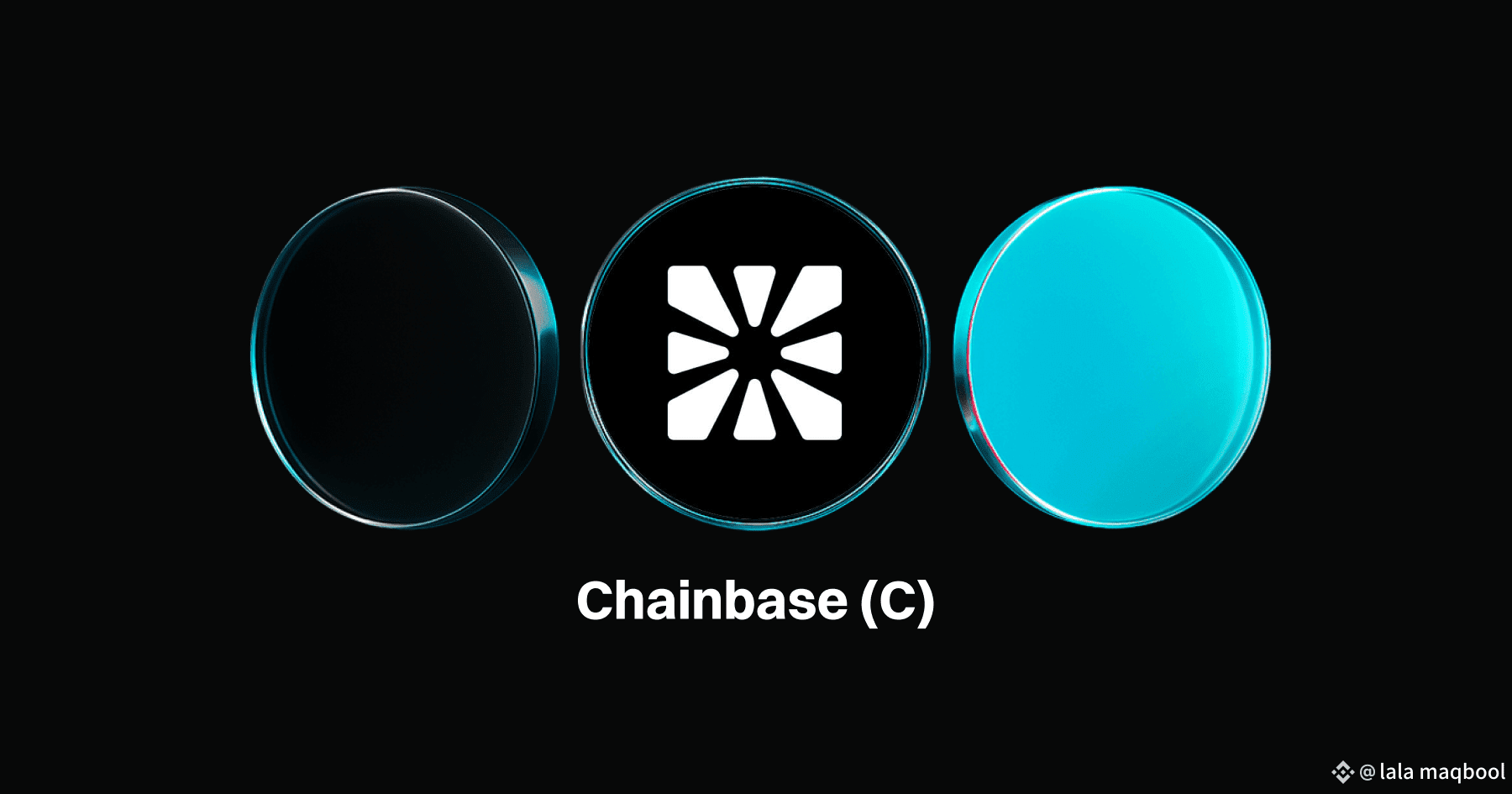Introduction
In the blockchain world, data is the foundation of everything—yet it’s often scattered, inconsistent, and difficult to use across different networks.
@Chainbase Official steps in as a hyperdata network that brings order to this chaos.
By collecting and structuring data from multiple blockchains and off-chain sources, Chainbase makes it usable for decentralized applications, AI models, financial tools, and cross-chain platforms.
Think of it as an “information backbone” for Web3—where raw data is transformed into structured, AI-ready insights.
Why Chainbase Matters
Data fragmentation: Blockchain data exists in silos. Chainbase unifies it, offering a single entry point.
AI compatibility: Most blockchain data is unstructured. Chainbase cleans and organizes it so AI can process it directly.
Transparency & trust: The system is decentralized, so no single party controls the data. Validation methods ensure authenticity.
Developer empowerment: With tools like Manuscripts, developers can create reusable processing logic and earn rewards when others use it.
The Four-Layer Architecture
@Chainbase Official is designed around four interconnected layers that make the network scalable and secure:
1. Data Accessibility Layer
Collects raw on-chain and off-chain data.
Ensures information is verified and available in a standardized format.
2. Co-Processor Layer (Manuscripts)
Developers write “Manuscripts” to define how raw data should be processed into structured datasets.
Once published, these can be reused by anyone. Developers are rewarded when their Manuscripts are applied.
3. Execution Layer (CVM + Restaking)
Uses a custom Chainbase Virtual Machine (CVM) to run Manuscripts in parallel at scale.
Secured through restaking mechanisms, making execution both efficient and decentralized.
4. Consensus Layer (Delegated Proof of Stake)
Ensures trust and finality using a fast consensus protocol.
Validators secure the network, while delegators stake tokens to support them and earn rewards
Dual-Chain Design
Unlike traditional single-chain systems, Chainbase separates its execution chain from its consensus chain.
Execution chain: Focused on high-performance data processing.
Consensus chain: Provides security, governance, and finality.
This dual approach balances speed with safety, ensuring Chainbase avoids the trade-offs that plague other networks.
The $C Token
At the heart of Chainbase is its native token, $C, which drives the ecosystem:
Access: Used to pay for dataset queries and services.
Incentives: Rewards Manuscript developers, operators, and validators.
Staking: Secures the network by letting participants stake tokens.
Governance: Token holders can vote on upgrades, policies, and incentive models.
DataFi economy: Functions as the settlement currency for data exchange within the ecosystem.
Tokenomics (example structure):
40% ecosystem and community growth
13% airdrops and adoption incentives
12% node operator rewards
17% early backers
15% contributors and team
3% liquidity support
The supply is capped at one billion tokens, with releases spread over multiple years to encourage long-term sustainability.
Real-World Use Cases
Chainbase’s architecture supports a wide variety of applications:
Unified Wallets: Manage assets across multiple blockchains seamlessly.
DeFi Services: Enable cross-chain lending, borrowing, and liquidity solutions.
AI Agents: Feed structured blockchain data into AI models for decision-making and predictions.
Security Tools: Detect hacks, fraud, or suspicious movements in real time.
Social Platforms: Build cross-chain social applications powered by verified data.
Analytics Dashboards: Track NFTs, monitor smart contracts, and visualize blockchain activity through ready-to-use APIs.
Final Thoughts
@Chainbase Official isn’t just another blockchain project—it’s an attempt to create a decentralized hyperdata layer that powers the next generation of Web3 and AI applications. By focusing on data accessibility, developer rewards, strong
execution, and dual-chain security, Chainbase aims to become the go-to infrastructure for anyone building in decentralized ecosystems.
